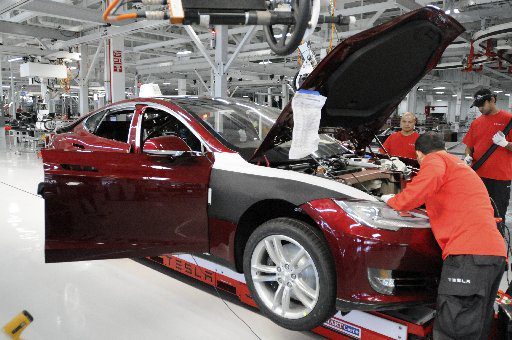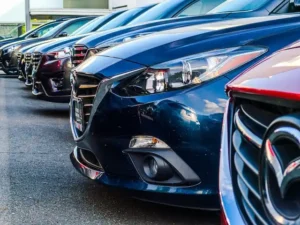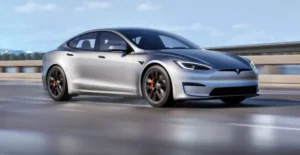To invest over $400 million on new manufacturing equipment
According to the SFGate Tesla can expect state aid worth $35 million on the purchase of $415 million of tooling and manufacturing equipment for its plant in Freemont as the company gears up for increased production.
This year Tesla expects to build about 21,500 cars. The new equipment would help expand annual production by 35,000 cars.
California is one of the few states to tax the purchase of manufacturing equipment, a policy that California business associations have spent years trying to change. But the state does grant exemptions for clean-tech companies as a way to encourage the industry’s growth. The exemptions are issued by the California Alternative Energy and Advanced Transportation Financing Authority, chaired by State Treasurer Bill Lockyer.
Tesla has received the exemptions before, on equipment worth up to $612 million. That equipment helped the company retool the former New United Motor Manufacturing Inc. plant in Fremont — which Tesla bought in 2010 — and launch the Model S last year. It also will help the company produce its next car, the Model X crossover SUV.
The state estimates that with the new purchases, Tesla will add 112 permanent jobs. And by increasing employment and, presumably, car sales, the authority predicts that California will take in more than enough additional tax revenue to make up for the exemption. A report by the authority’s staff predicts a $24.4 million net benefit to the state.
“I’m pleased we could take this action to encourage Tesla to expand its electric vehicle production in California, which will create green jobs and improve our air quality,” Lockyer said Tuesday, in a prepared statement.
This new capacity is unlikely to benefit the Model S alone, but also the upcoming Model X crossover model and Tesla’s future lower-priced electric sedan, as well as increased capacity to build powertrains for Tesla partners Daimler and Toyota. Tesla’s other manufacturing needs include vastly increasing the supply of batteries to power the cars and also to supply to the small but growing number of solar installations using battery storage solutions to reduce dependence on the Grid.





